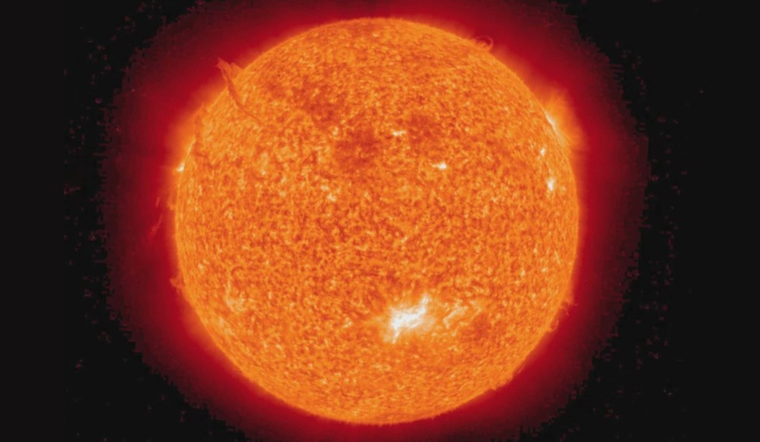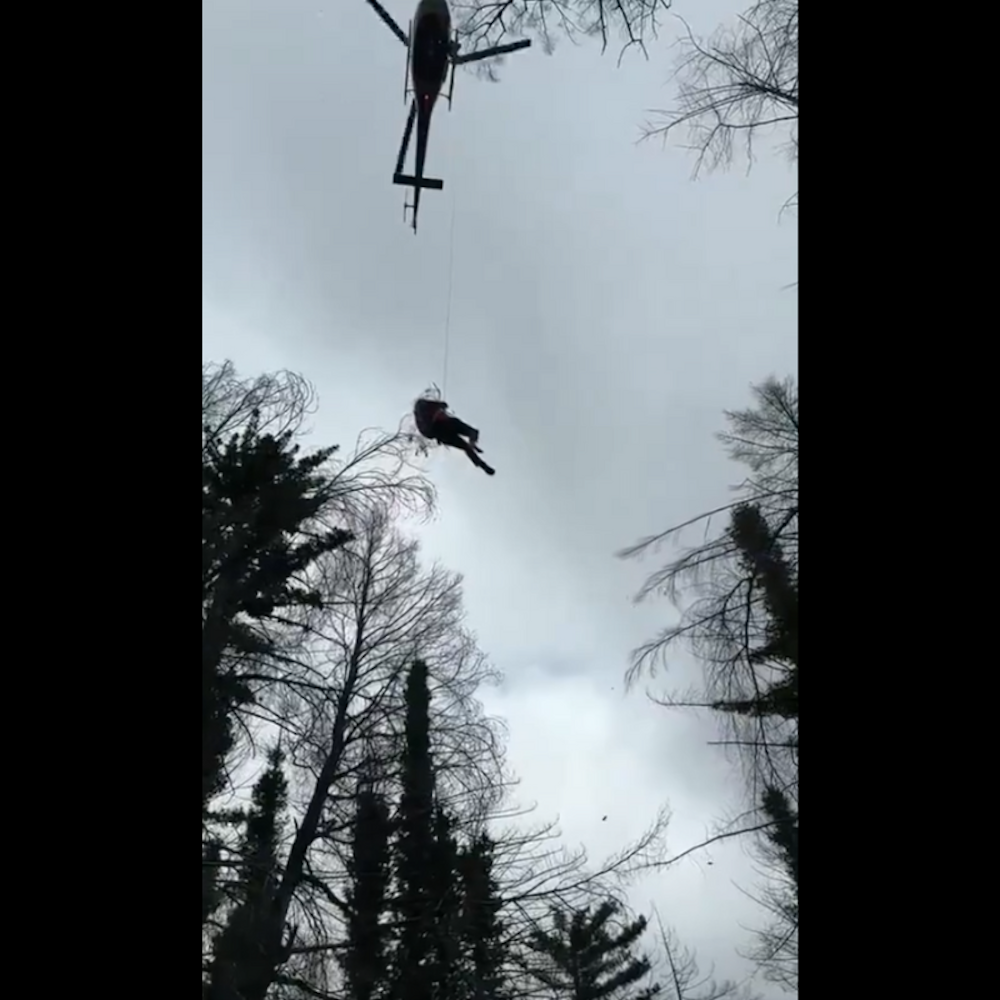
A geomagnetic storm triggered by a solar flare has rolled out the cosmic red carpet, potentially bringing the Northern Lights experience to viewers far south of its usual reach, with places such as Alabama and Northern California on alert. As reported by The Detroit News, the storm could disrupt radio communications and satellite tracking but offers a stellar light show, making it an ideal time to look skyward for those at higher latitudes, especially between 10 p.m. and 2 a.m. local time.
The National Oceanic and Atmospheric Administration's Space Weather Prediction Center, according to a bulletin obtained by FOX Weather, has observed severe G4 space weather conditions, predicted to continue, which explains Why the auroras may occur as far south they are projected to, experts have rated the event intense enough that even the full Worm Moon and a potential lunar eclipse on Monday night could get upstaged by the natural Northern Lights display if cloud cover and weather systems allow it.
NOAA's alert suggests that while some disturbances to grid operations and communications are expected they are typically within manageable limits; "For the general public, if you have clear skies at night and you are at higher latitudes, this would be a great opportunity to see the skies light up," forecaster Jonathan Lash told The Detroit News. Geomagnetic storm activity is measured on a scale with a G1 rating indicating the weakest, while the ongoing G4 level has the potential to cast auroras much further afield than during less intense storms.
Despite the potential for visual splendor, disruptions in satellite operations could pose challenges for tracking, this comes as no surprise as the sun nears the peak of its 11-year cycle where such storms can lash Earth more frequently hitting us a few times a year at this peak time, Lash told Gray News in a seperate statement, noting that power grids might witness some "induced current" but not at a level beyond control; this all happens as the solar cycle progresses towards its maximum, bringing an increase in solar activity and the potential for more such geomagnetic events.
For those aiming to catch the aurora's ethereal performance, NOAA's advice rings true across every advisory: get away from city lights for a clearer view of the natural phenomenon that has long captivated onlookers with its sudden appearance and varying intensity. The University of Alaska Fairbanks Geophysical Institute, which keeps an eye on such occurrences, forecasts high aurora activity through Monday night and recommends staying informed via their website for updates on this interstellar spectacle.



-2.webp?w=1000&h=1000&fit=crop&crop:edges)





